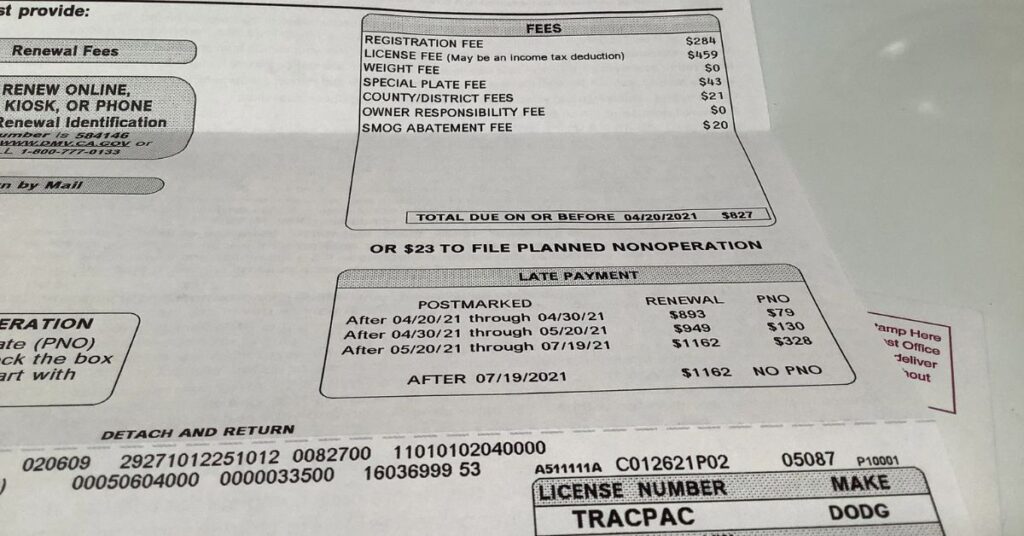How To Register A Cat Without Papers?-A Complete Guide
Bringing a new tom cat buddy into your family is an exciting adventure. Whether you’ve adopted a cat from a refuge or welcomed a stray into your property, registering your bushy partner can provide peace of mind and valuable sources.
While some cats come with legit papers, many beloved pets do not.
To register a cat without papers, you could discover options with cat registries or clubs that are given cats without pedigree documentation. Some corporations may also require basic statistics about your cat, including its breed, shade, and any unique functions. Registering a cat without papers is viable; this guide will stroll you through the process with no trouble.
Understanding Cat Registration:
Cat registration usually entails formally documenting your cat with a diagnosed company or membership. While a few registries require pedigree documentation, others receive cats without papers. These agencies often gather records about the cat’s breed, shade, and exceptional capabilities.
They might also require evidence of vaccinations and spaying/neutering. Registration can offer advantages, such as getting the right of entry to specific occasions, networking with different cat owners, and sometimes even fitness and welfare services.
Why Register Your Cat?
Before we dive into the steps, let’s discover why registering your cat is helpful. Registration can help reunite misplaced pets with their proprietors, access veterinary care, or even assist with criminal matters if your pet is involved in any incidents. Additionally, it is a way to showcase your dedication to responsible puppy possession.
Steps to Register a Cat Without Papers:
1. Research:
Look for cat registries or golf equipment that receive cats without pedigree documentation. Explore their requirements and services.
2. Gather Information:
Collect Information about your cat, including its breed (if recognized), color, markings, and unique features.
3. Complete Registration Form:
Fill out the registration shape provided with the aid of the chosen registry. Provide accurate records about your cat.
4. Submit Documentation:

Include any required documentation, including vaccination statistics, spaying/neutering certificates, and cat snapshots.
5. Pay Fees:
Some registries may additionally require a registration fee. Be organized to pay this rate as part of the registration technique.
6. Wait for Approval:
After submitting the registration shape and required documentation, anticipate the registry will process your application and approve your cat’s registration.
7. Receive Registration Certificate:
Once approved, you may acquire your cat’s registration certificate or ID card.
Also Read: Can Goats Eat Cranberries?-Discover the Benefits and Risks
Alternatives to Traditional Registration:
If you are unable to sign in your cat via a conventional manner, there are alternative options to bear in mind:
1. Microchipping:
While now not a registration in the conventional experience, microchipping provides a permanent identification shape on your cat. If your cat gets lost, shelters and veterinarians can experiment with the microchip and speak to you.
2. Community Cat Programs:

If your cat is a network cat or a combined breed, remember to collaborate in community cat programs offered by neighborhood animal welfare companies. These programs can also provide offerings, which include spaying/neutering and vaccination at low or no prices.
3. Local Pet Clubs or Groups:
Some local puppy golf equipment or groups also offer informal registration or networking opportunities for cat owners. While these may need to provide authentic documentation, they can give an experience of community and help.
4. Online Pet Directories:
Explore online pet directories where you can create a profile for your cat. While this doesn’t update professional registration, it could help you network with other pet owners and share statistics about your cat.
5. Create a Personal Record:
Keep thorough data on your cat’s scientific history, vaccinations, and other pertinent statistics. That can be beneficial in proving possession and imparting necessary records to veterinarians or shelters in emergencies.
Also Read: What Happens If You Separate Bonded Cats?-Complete Guide
Maintaining Registration and Identification:
Maintaining registration and identity for your cat is critical for their protection and well-being. Here are some recommendations:
1. Keep Registration Documents Safe:
Store your cat’s registration certificates and other associated documents in a secure, readily accessible area. Make copies and preserve them in exceptional locations if the originals are lost or damaged.
2. Update Information:
If there are any modifications in your contact records, which include a new deal with or a cell phone variety, ensure to replace it with the registry or company in which your cat is registered.
3. Renew Registrations:

Some registries may also require annual or periodic renewal of registration. Resume your cat’s registration on time to keep their reputation.
4. Update Microchip Information:
If your cat is microchipped, ensure the Information related to the microchip is up-to-date. That includes your modern-day contact information and any adjustments in your cat’s reputation, including being spayed or neutered.
Additional Tips:
1. Microchipping:
While no longer without delay related to registration, microchipping your cat is another treasured step in maintaining them safe. If your cat is lacking, a microchip can considerably increase the possibility of being reunited.
2. Participate in Events:
Many cat registries host events that include cat suggestions, agility competitions, and educational seminars. Consider collaborating in those activities to connect with fellow cat lovers and exhibit your cat’s abilities.
3. Stay Informed:
Stay knowledgeable about ultra-modern cat care, health, and regulation developments. Being informed about relevant topics will assist you in offering the most satisfactory care for your bushy friend.
Also Read: What Has More Lives Than A Cat?-A Comprehensive Guide
FAQ’s:
1. Can you display cats without papers?
You might not be able to reveal the kitten/cat, and if you bear in mind breeding it, you should breed down four generations before you have what is considered an SBT (purebred) cat.
2. How can you check a cat without papers online in the UK?
If you have a non-pedigree puppy or a pedigree puppy without papers, enroll with GCCF online services and pick “Register a Household Pet” from the menu options.
3. How do you show a cat has a pedigree?
Pedigree cats also generally come with a report to prove they may be pedigree (typically ratified with the aid of the Governing Council of the Cat Fancy, The International Cat Association, or Loving Cats Worldwide.
4. Can I make my cat a show cat?
You Exhibit your cat by coming into them right into a cat show run with the aid of CatsNSW Inc.
Conclusion:
Registering a cat without papers is a trustworthy process that benefits you and your tom cat accomplice. By following these steps and selecting a reputable registry, you could ensure your cat gets the popularity and protection they deserve. So go beforehand, take the plunge, and sign in your loved one cat today!






